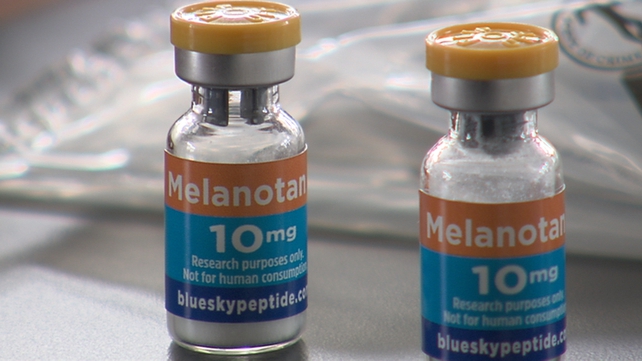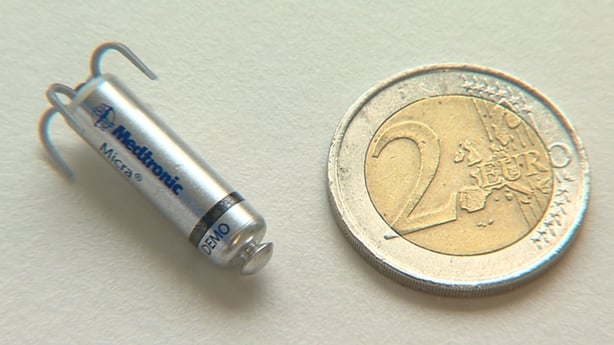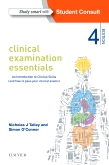The review, published by the Health Information and Quality Authority, says 21% of acute public hospitals do not have a system in place to screen for malnutrition risks.
This is despite the fact that malnutrition affects more than a quarter of hospitals.

A 2012 study said the annual healthcare costs associated with disease-related malnutrition was around €1.5 billion.
The review also found that in some cases the hydration needs of patients were not met.
This mainly applied to patients in emergency departments who were deemed to be admitted, but who remained there for lengthy periods while waiting for a bed in the main hospital.
While all 42 hospitals inspected had stated that patients had access to fresh drinking water, HIQA inspectors found drinking water was only topped up by staff during the day in most inspected hospitals if a jug was seen to be empty or at a patient's request.
In a number of emergency departments, patients who were not mobile and could not access a water cooler were not routinely being offered drinks.
Less than one in three hospitals inspected had a system to replenish water jugs with fresh water during the afternoon so as to ensure that patients always had access to fresh water.
In addition, there was a lack of consistency in the meals offered to patients in emergency departments.
As part of the review, HIQA analysed information from 42 hospitals, carried out unannounced inspections in 13 hospitals, as well as speaking with patients and staff and reviewing patient records.
Susan Cliffe, HIQA's Head of Healthcare, said "food should be seen as an integral part of a patient's treatment, rather than a 'hotel service' provided by the hospital."
She added that "many patients experience unintentional weight loss of over 10% of their body weight prior to admission and their nutritional status often deteriorates while in hospital.
Nutrition and hydration is fundamental to their treatment and recovery plan of care."

























